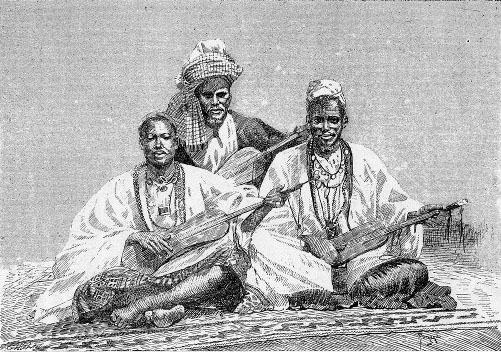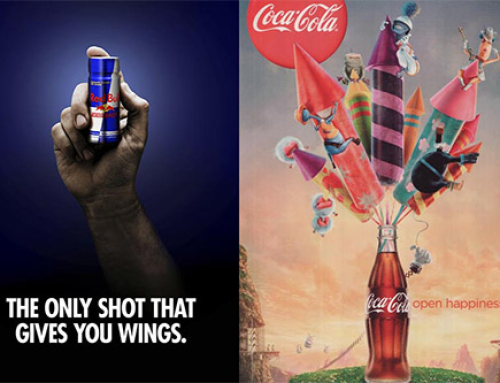Storytelling is THE trendy marketing concept everyone is talking about.
For this occasion, Osko Production decided to devote a whole series of articles to this subject!
First, we will go through this concept’s origins and the reasons for its success.
Next week, we will continue this serie with the main principles and some pieces of advice, and finally the last chapter will allow you to understand the real purpose of this concept through a concrete business case.
What is storytelling?
Storytelling, as the name suggests, is about telling a story. In all civilisations, stories and legends were transmitted orally by storytellers. Without any doubts, the most famous were the “griots”, storytellers from western Africa.
Of course the concept is neither new nor revolutionary since it comes from old traditions, but applying it in marketing and branding differs from the traditional advertising and communication formats.
Storytelling is useful for communicating with consumers, but also for business’ internal communication.
Why does it work?
- The affective dimension and memorization
With traditional communication, an obvious problem is solved with the offered product or service .
Although this kind of advertising has a clear message, it does not play with the affective dimension.
The consumer might remember it thanks to the jingle for example, but since he does not feel close to the brand, he may not feel concerned about the problem.
With storytelling, everything starts with the storybase. A problem occurs which will disturb the character. Immersed in the story, the viewer feels empathy and is emotionally involved with the brand. Using storytelling stimulates different cerebral mechanisms, which leaves a deeper mark in the viewer’s mind.
Think about school: did you remember all historic dates or rather the funny story your teacher told you?
We are simply more focused when we are told a story, and we keep it in mind way easier than basic facts.
- A popularization of complex concepts
Not only storytelling is more striking, but it makes communication about complex messages easier. Like a drawing, stories allow people to understand and memorize deeper and more complicated concepts.
- Consumers are no longer simple spectators, they become actors
Finally, storytelling stimulates the change desire. As we feel connected to the story and involved in the process, we want to interact. Storytelling makes us feel no longer spectators but actors. Plus, consumers can really become a part of the brand’s history, since they are co-authors! As a matter of fact, a product or service is nothing without consumers, and the rising power of crowd-marketing is a perfect illustration of this.
Not only storytelling is interesting for communicating with your audience, but also for internal communication. Indeed, employees will feel more involved and at the heart of the company’s history.
Now that we gave you some highlights about the concept, we invite you to read the second part of the serie, where we try to understand the big principles and give you some advice on how to use storytelling!









